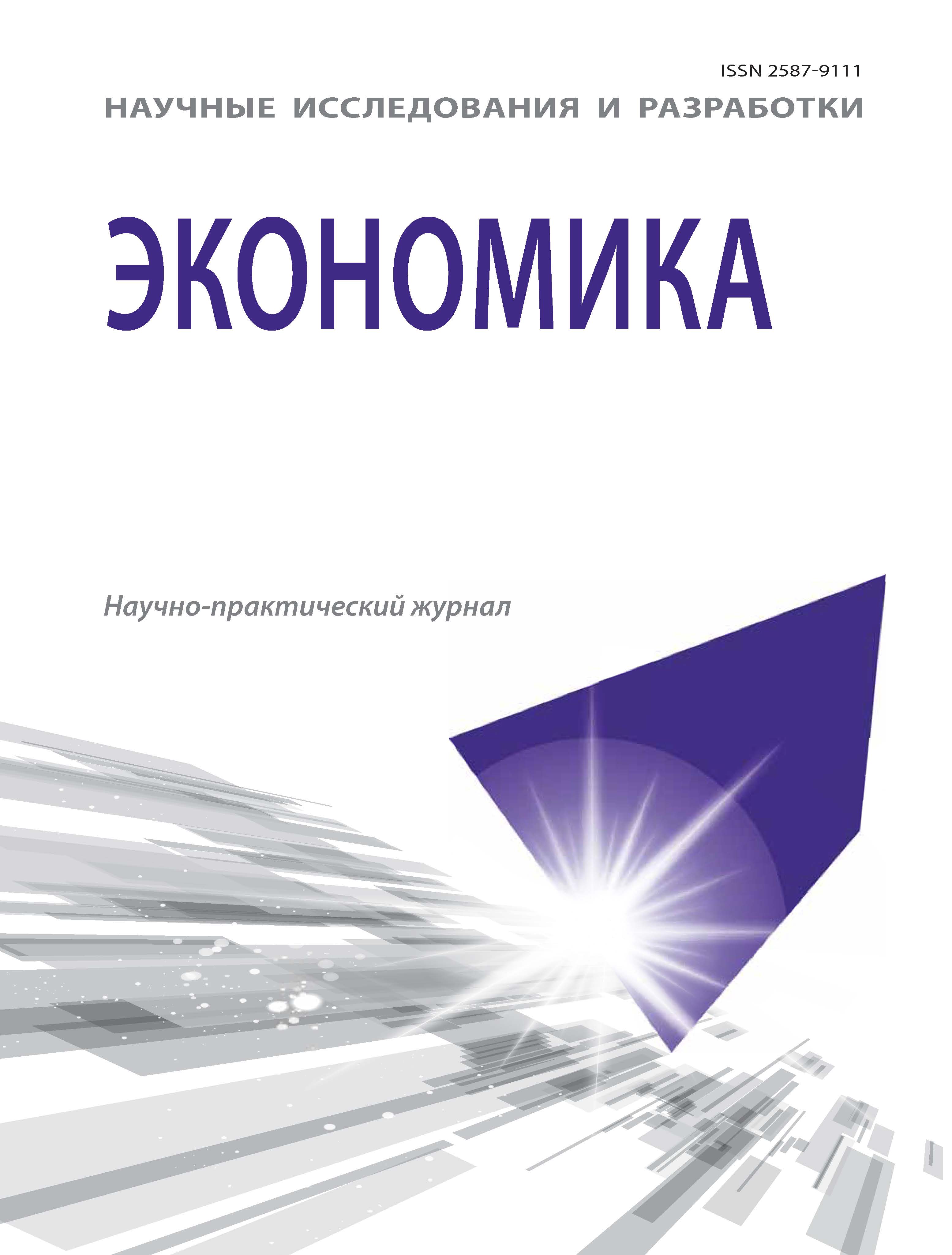Tula, Tula, Russian Federation
Tula, Tula, Russian Federation
Manifested in the form of impact on a salary level the external effect of higher education dissemination has been investigated in this work. Econometric models are constructed with the use of Russia regions’ statistics. Manifestation of higher education distribution’s external effect in the form of general salary level increase and salary increase of persons who don´t have the higher education has been established. In the period 2000–2010 in the Russian economy the spread of higher education among the employed population by 14.9 % determined the salary level of persons who did not have higher education. The spread of higher education among the employed population in conjunction with the capital-labor ratio by 80.5% determined in the Russian economy the salary level of persons who did not have higher education.
higher education, employed population, salary level, econometricmodels.
Проблемы внешних эффектов (экстерналий) образования, в том числе высшего образования, постоянно привлекают внимание экономистов [1–6]. Однако появление внешних эффектов высшего образования в современной России пока изучено недостаточно. Для исследования внешних эффектов высшего образования в России может быть использован эконометрический анализ в совокупности с данными статистики регионов [7]. В работе [8] был использован неофакторный подход, согласно которому в постиндустриальной экономике важным производственным фактором является человеческий капитал высококвалифицированных специалистов [9, 10], а также метод, основанный на построении производственных функций с использованием данных региональной статистики [7].
В работе [8] в качестве высококвалифицированных специалистов рассматривались лица, имеющие высшее профессиональное образование. В качестве трудовых доходов рассматривалась начисленная заработная плата занятого населения.
Производственные функции строились в следующем виде:
P = Akahb, (1)
где P — годовая средняя начисленная заработная плата в регионе; k — средняя фондовооруженность труда в регионе; h — показатель, оценивающий человеческий капитал занятых лиц, имеющих высшее профессиональное образование; A, a, b — параметры производственной функции.
1. Belfield Clive R. Economic Principles for Education: Theory and Evidence. Edward Elgar Pub, 2003.
2. American Higher Education in the Twenty-First Century: Social, Political, and Economic Challenges. Edited by Philip G. Altbach, Patricia J. Gumport and Robert O. Berdahl. Johns Hopkins University Press, 2011.
3. Checchi D. The Economics of Education: Human Capital, Family Background. Cambridge University Press, 2008.
4. Economics of Education. Edited by Dominic J. Brewer and Patrick J. McEwan. Elsevier, 2010.
5. Sheehan John. The Economics of Education. Routledge Chapman & Hall, 2012.
6. Winter, Stefan and Pfitzner, Alexander, Externalities and Optimal Subsidization of Higher Education (June 18, 2013). Available at SSRN: http://ssrn.com/abstract=2281207 or http://dx.doi.org/10.2139/ssrn.2281207
7. Basovskiy L.E., Basovskaya E.N. Issledovanie ekonomiki regionov Rossii: ekonometricheskiy podkhod [The study of the economy of regions of Russia: econometric approach]. Ekonomika [Economics]. 2014. V. 2, I. 2(8), pp. 13-17. DOI:https://doi.org/10.12737/3648
8. Basovskiy L.E., Grishina S.A., Basovskaya E.N. Effektivnost´ chelovecheskogo kapitala v Rossii [he effectiveness of human capital in Russia]. Izvestiya Tul´skogo gosudarstvennogo universiteta. Ekonomicheskie i yuridicheskie nauki [News Tula State University. Economic and legal sciences]. 2013, I. 2-1, pp. 191-196.
9. Basovskiy L.E. Mirovaya ekonomika [World economy]. Moscow, INFRA-M Publ., 2004.
10. Basovskiy L.E., Basovskaya E.N. Ekonomicheskaya teoriya [Economic theory]. Moscow, Infra-M Publ., 2010.






